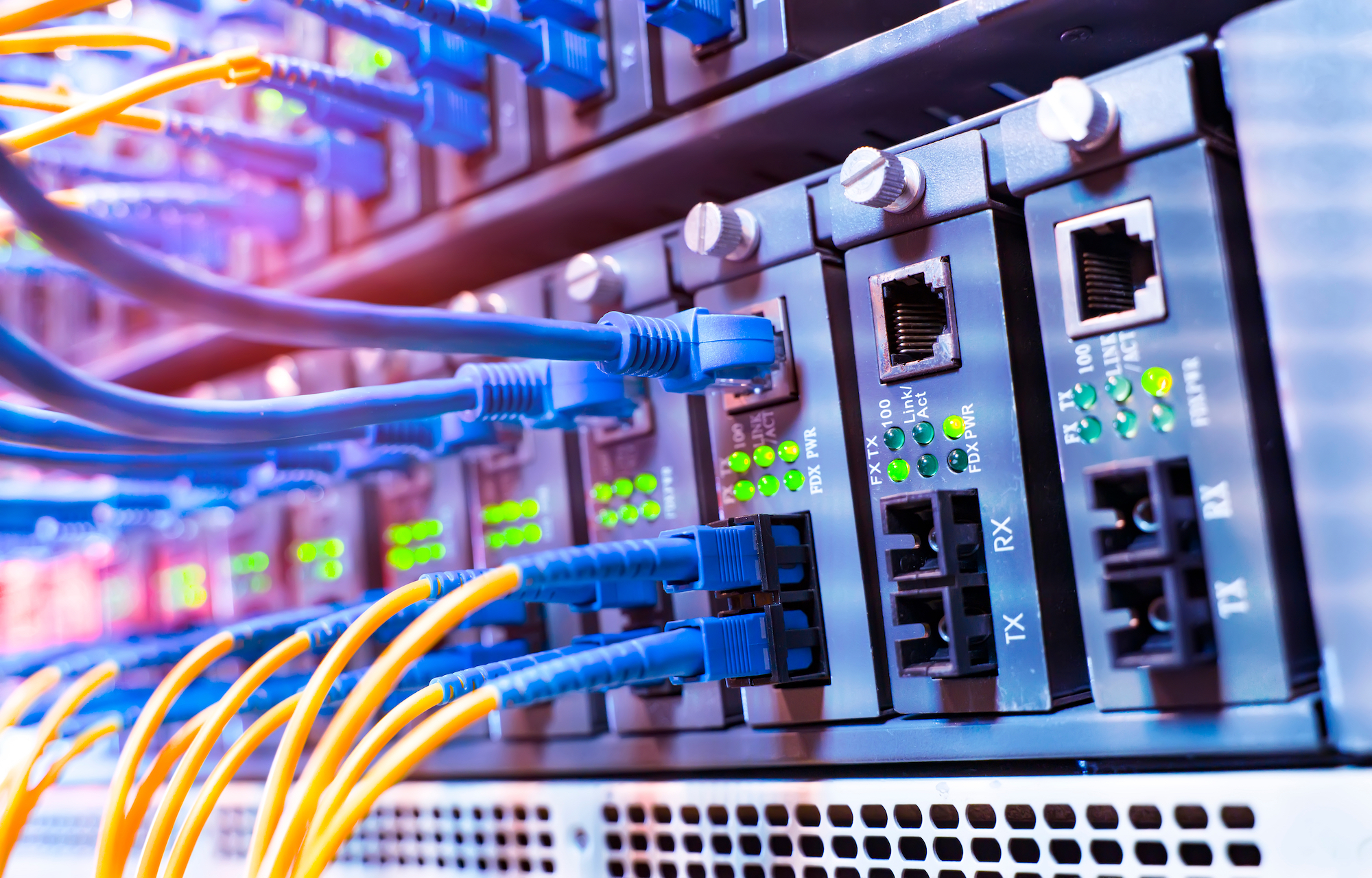To many people, FTTC vs. FTTP is a bunch of letters. But you must understand what they mean if you’re about to invest in broadband internet. Both are excellent internet solutions for various organizations and premises. But what’s the difference? This should be your first question to help you understand FTTP and FTTC.

Here’s all you need to know to understand the difference between FTTC and FTTP
What is FTTC?
FTTC stands for FibreTo The Cabinet. It uses a blend of fiber and copper cables to deliver broadband into your premises through existing copper telephone wires. It’s cheap, easy to install, and highly available throughout the country.
What is FTTP?
FTTP stands for FibreTo The Premise. FTTP offers fiber cabling up to your house that runs to your router. Therefore, the only limit will be your router technology. As your router technology increases, you will get better methods of transmitting data and better speed. Consequently, it’s a future-proof option for maximum speed now and in the future.
FTTC vs. FTTP speed comparison
Although both have standard speeds, we can compare them as one has an adequate and the other has a faster pace. FTTP speed is quicker and ranges from 50Mbps to 1000Mps. On the other hand, FTTC has a rate that runs from 35Mps to 76Mps.
As a result, FTTP is preferred to FTTC. That’s due to the high and symmetrical speed of downloading and uploading files.
FTTC pros
- Easily accessible: FTTC requires a simple installation process, and FTTC connections are easily accessible.
- Adequate speed. FTTC connections will offer your business sufficient speed to run your operations.
- Affordable. Unlike FTTP, FTTC is inexpensive and requires less installation cost.
- Fast set-up: since there are no significant installations, FTTC is quick to set up. Also, it has low/no maintenance after being set up.
FTTC cons
- Speed limits: The copper cables limit your upload and download speed.
- Range: The further your premise is from the cabinet, the worse the quality of the internet you get.
- Not strong enough: FTTC is not strong enough to carry out the activities for business operations.
Pros of FTTP
- Faster speed: FTTP offers you an insanely high speed of up to 1Gbps. Also, the rate is symmetrical, meaning the upload speed can go as high as the download speed.
Cons of FTTP
- Limited availability. Although the ratio is improving, FTTP is not readily available to most premises.
- Long set-up time: Unlike FTTC, FTTP takes longer, so you’ll need patience.
Which is best for you, FTTC or FTTP?
It’s a tricky decision to make when comparing FTTC and FTTP. But their ideal usages will guide you while choosing. For instance, FTTC will suit your business if you’re tight on budget. It’s also suitable if you use it alone and don’t use multiple high-quality streaming services.
However, if you regularly upload and download large files, FTTP is preferable. Also, if you have many users, consider FTTP.
Conclusion
Choosing the right fiber broadband can be daunting due to the numerous available options. But FTTP and FTTC are recommended due to their various advantages. But you can only reap the benefits if you engage a reputed internet provider company.





































